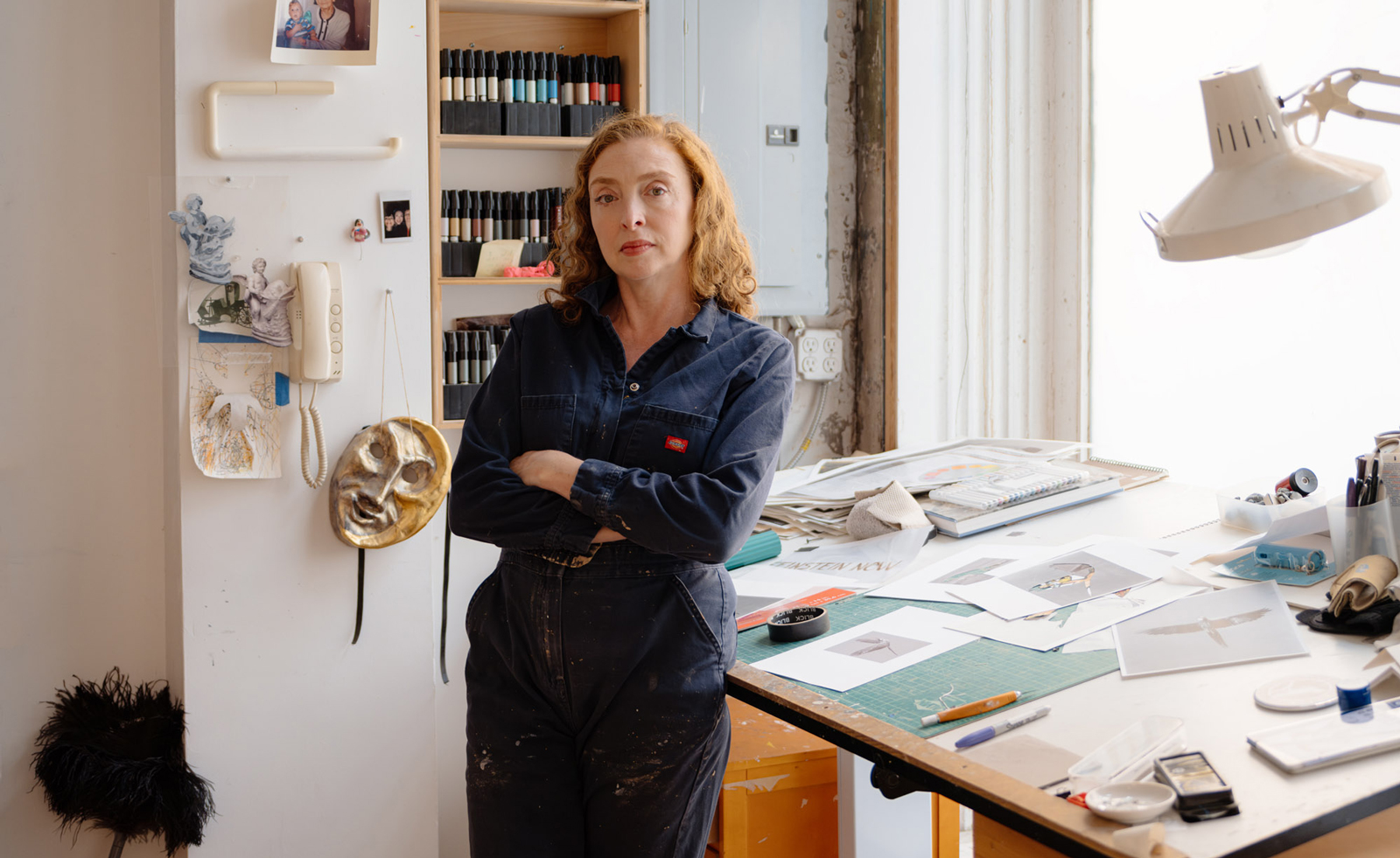
It’s very emotional for me to have a show in Miami,’ says Rachel Feinstein, speaking on the eve of her major new exhibition at The Bass Museum of Art. Spanning almost three decades of work by the Miami-raised, New York-based artist, the retrospective – the first in her hometown – celebrates and questions society’s embrace of artifice, particularly prescient when considering Miami’s reputation for decadence. ‘It’s got these crazy extremes, between good and evil, dark and light, male and female, and it’s all been very unconsciously important to me,’ she says. ‘And then, as I’ve gotten older, I’ve done a lot of work on dream therapy and it’s become more important. So Miami is the key to all of that, the basis of everything I do.’
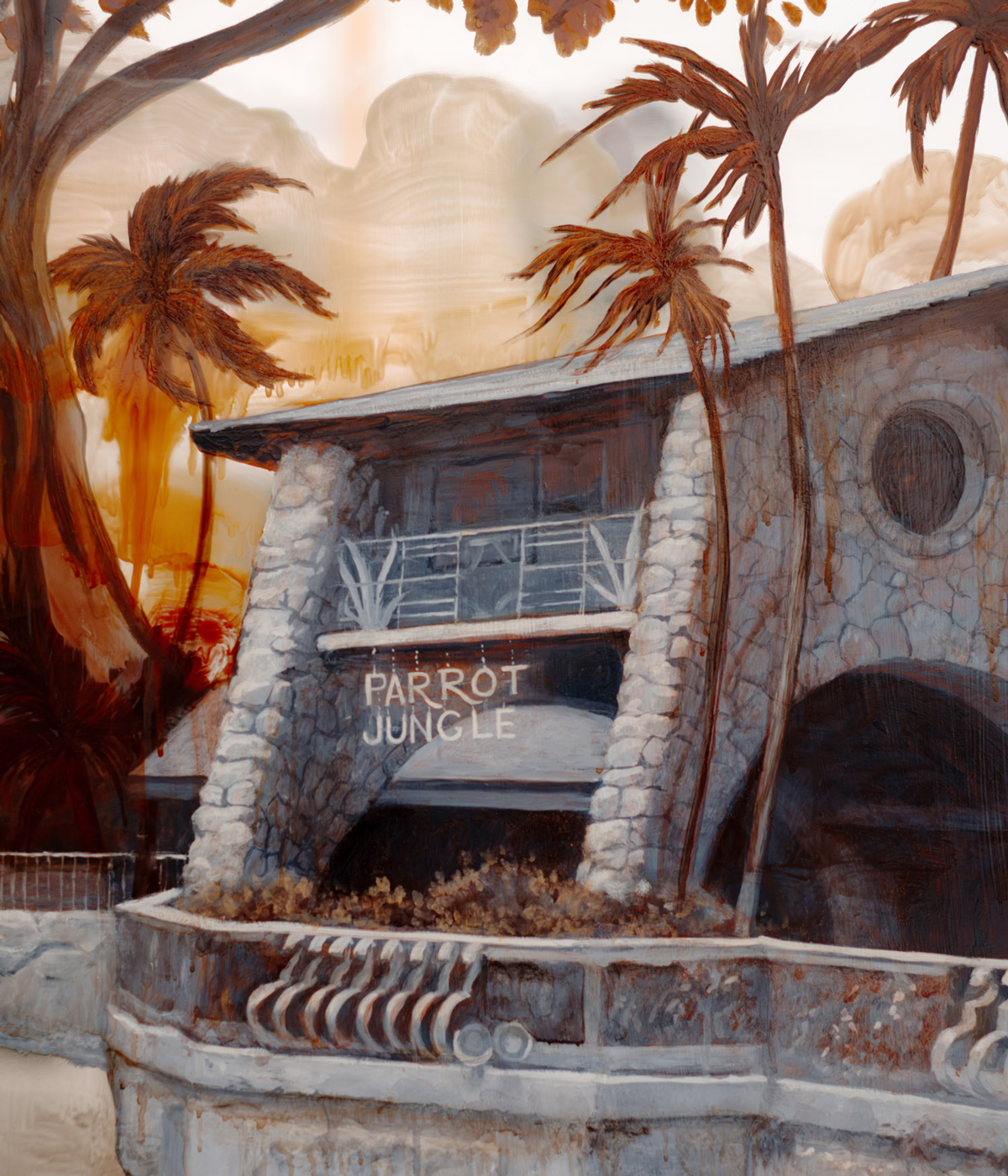
These extremes invite the clash of the contemporary and the classical that Feinstein weaves into her work. Throughout her career, she has drawn on a diverse canon of art and cultural history, in works that merge the theatrical, historical and sublime, inspired by eclectic references from Franz Anton Bustelli’s commedia dell’arte figurines to the bizarre fairytales of Hans Christian Andersen.
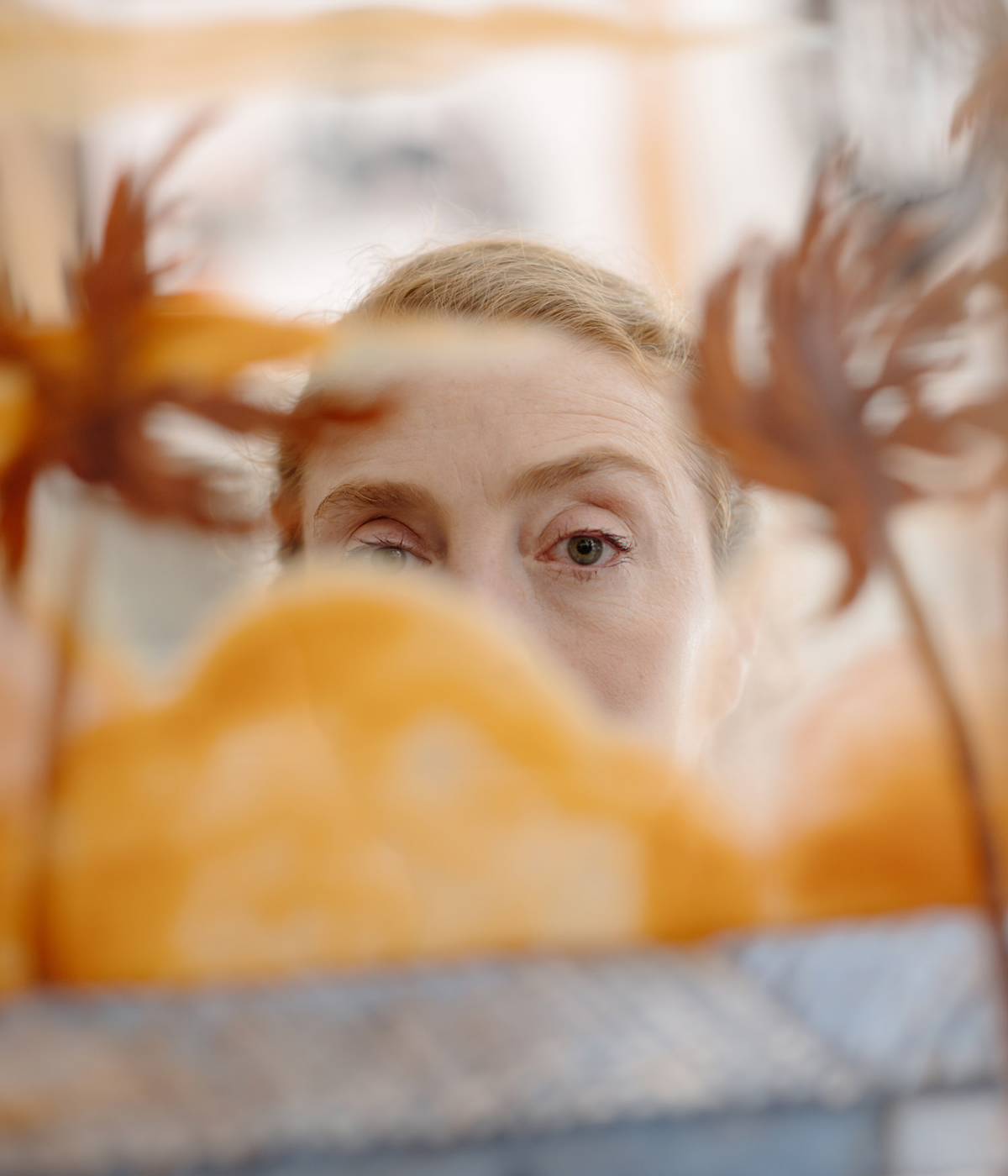
While her large-scale sculptures and vast panoramas are rife with historical rococo and gothic references, the subject is often contemporary. As is the case in her new site-specific piece for the show, Panorama of Miami, which counts among its real-life references the smoothie stand at Miami’s Parrot Jungle, a popular hangout from Feinstein’s childhood. No longer there, it lives on as a clear delineator of the past in the work, a 30ft-long installation of painted mirrored wall panels, which interlaces Miami’s tropical landscape with illustrations and archival photographs in a grotesque translation of Miami decadence. ‘We have a different idea now that the more wealthy you are, the more minimal you are. I found that in Miami that doesn’t hold true. Wealth is shown in this extreme, maximum way. And I find that really fascinating.’ Feinstein has deconstructed these fantastical elements in her work before, notably using the panorama format in her rethinking of the classical 16th-century Italian tradition of painting on mirrors. While in the past she has explored New York and Rome through this medium, her consideration of Miami here is afforded a personal intensity.
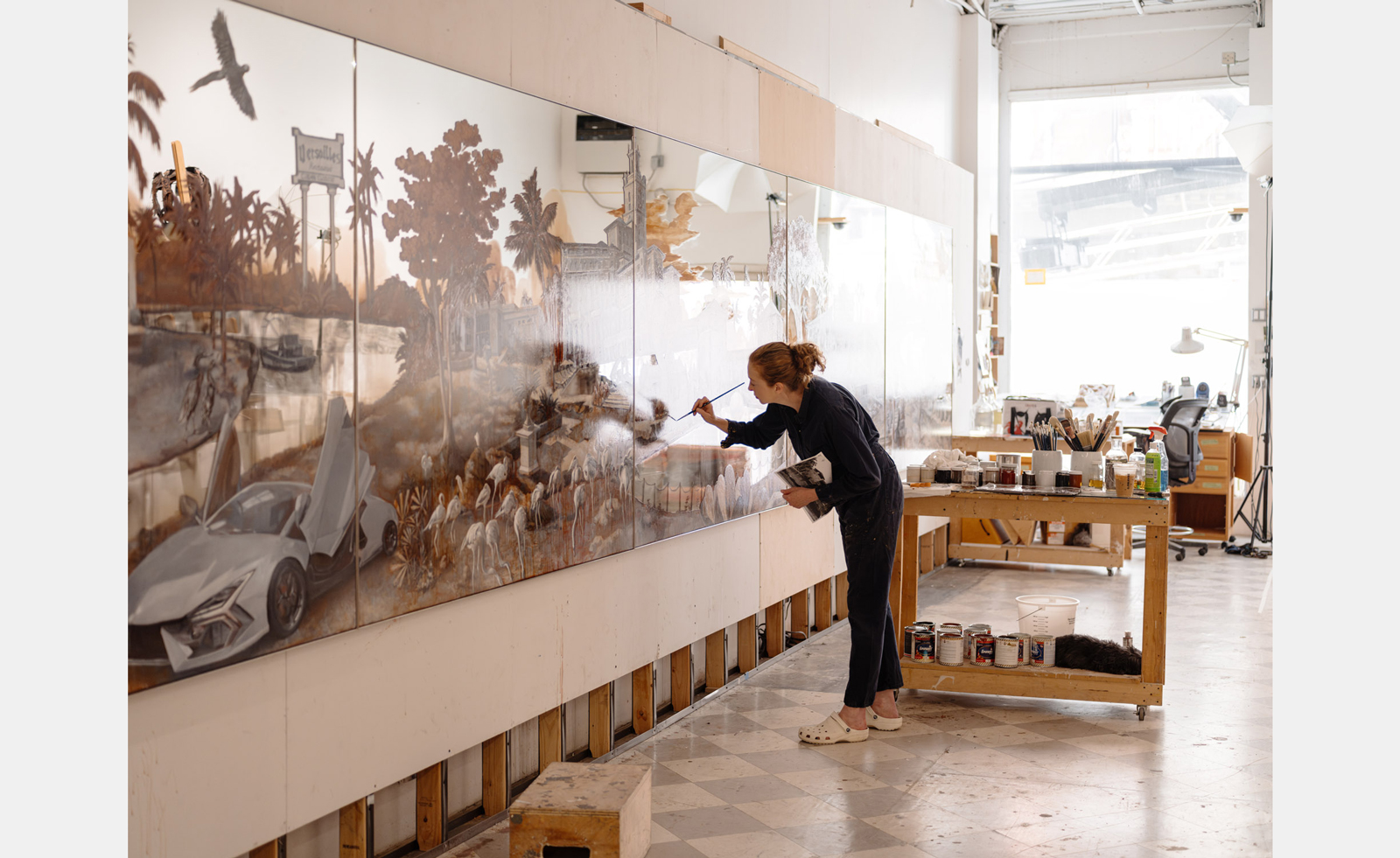
‘It’s not a fantasy in the same way as Rome, where I’ve been a few times but never lived. When you viscerally know the feeling of a place, it feels different than something you just see a photograph of. You want to get it right and, in a way, that became a bit of a problem for me. It took a lot longer than I expected, and it was heartbreaking in some ways, too. Miami is a very different place than it was when I was a child. A lot of the places in my painting don’t exist anymore, or not in the way they did when I was a kid.’
Feinstein emphasises this degree of separation from a photograph by creating a physical distance in the work itself. She starts by layering a collage over wallpaper, itself a mish-mash of archival imagery. Then she adds her own images, before making a drawing of the collage, then a painting of the drawing, gradually getting further away from the original source. This separation is carried through to the medium, with her use of scenography a fictional foil against the reality of the locations. ‘I love extremes because they show how intense love is,’ she says. ‘The blandness of just going towards the centre where there are no extremes is what I’m fighting against. We don’t need to think about another anti-wrinkle cream.’
‘Rachel Feinstein: The Miami Years’ is on show until 17 August at The Bass Museum of Art, Miami, thebass.org, gagosian.com
This article appears in the November 2024 issue of Wallpaper* , available in print on newsstands from 11 October, on the Wallpaper* app on Apple iOS, and to subscribers of Apple News +. Subscribe to Wallpaper* today
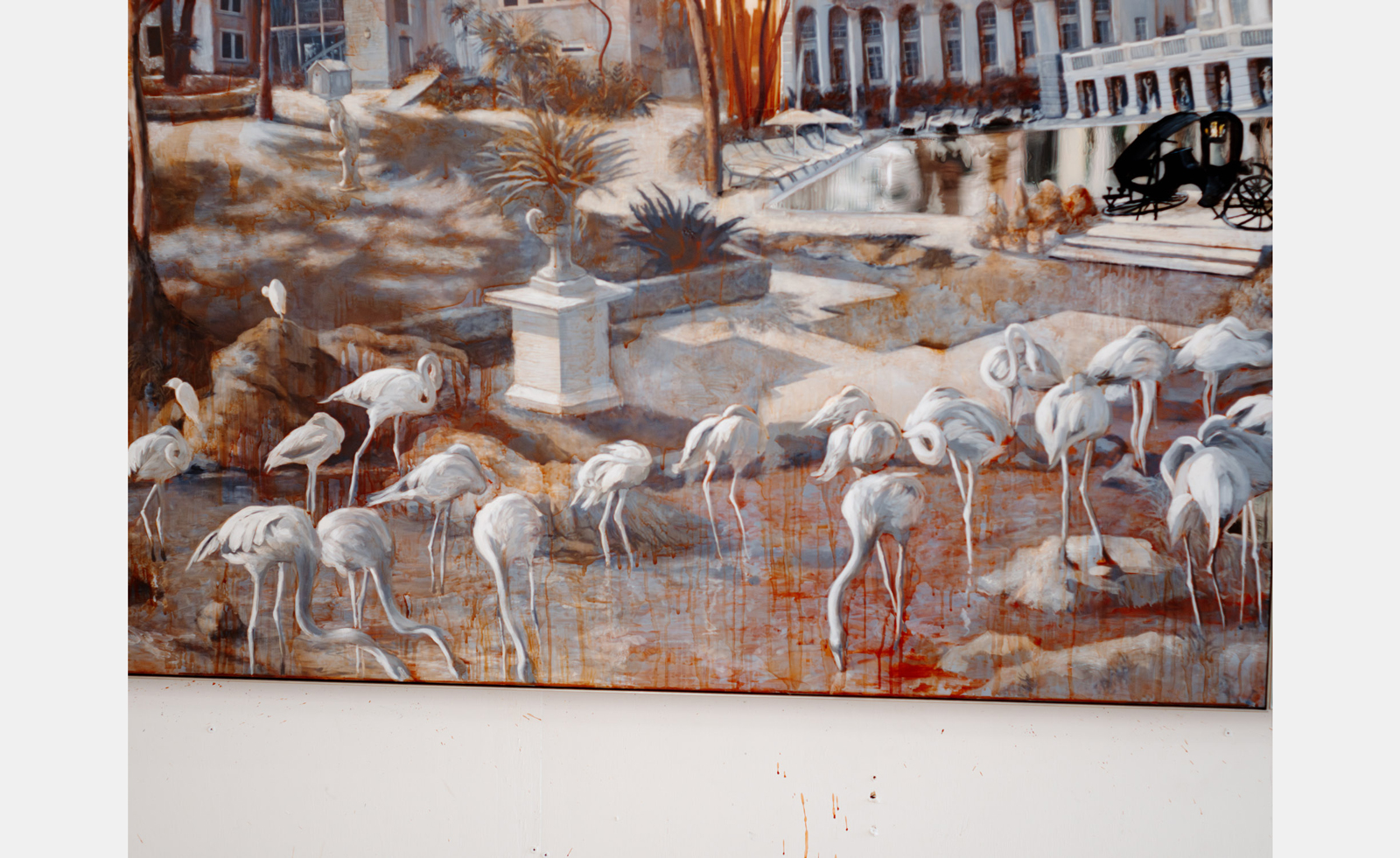
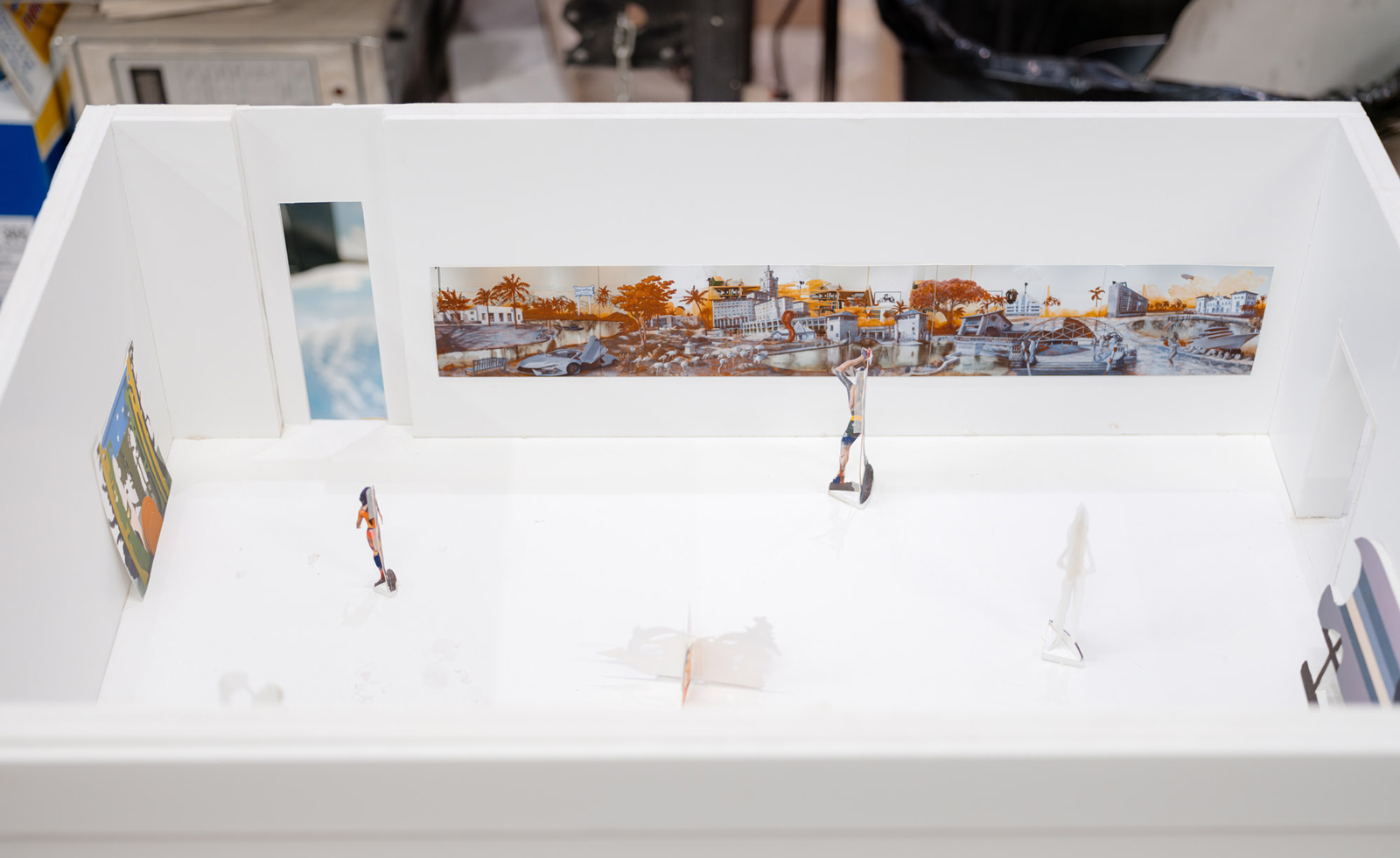




!["[T]he First and Fifth Amendments Require ICE to Provide Information About the Whereabouts of a Detained Person"](https://images.inkl.com/s3/publisher/cover/212/reason-cover.png?w=600)


